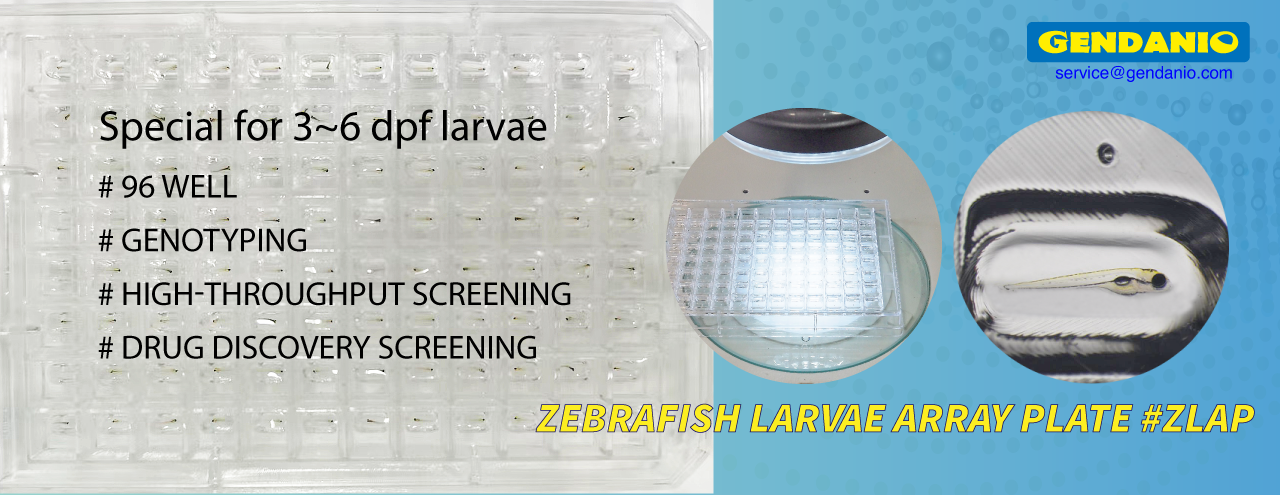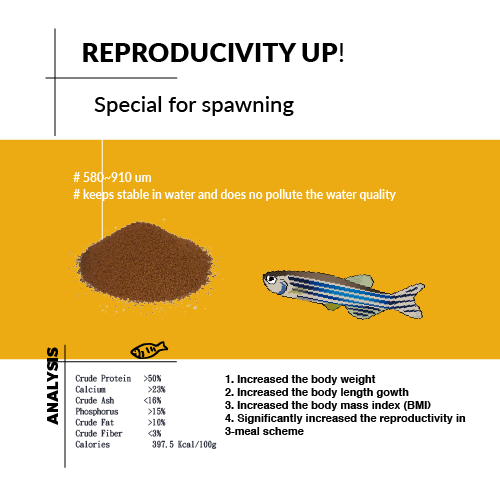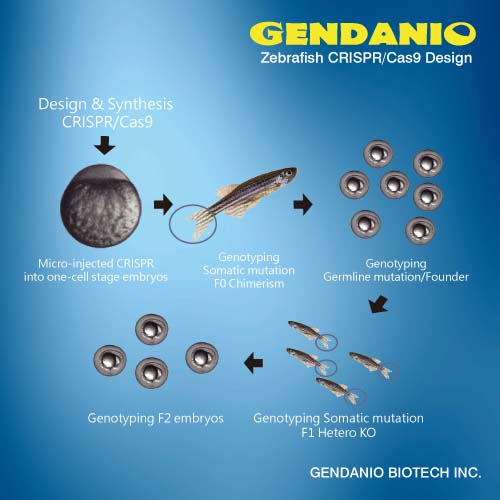ScienceDaily (Apr. 5, 2010) — Most solid cancers can't grow beyond a limited size without an adequate blood supply and supporting vascular network. Because of this, cancer researchers have sought to understand how a tumor's vascular network develops -- and, more importantly, how to prevent it from developing: If the vascular network never develops, the theory goes, the tumor cannot grow.
Researchers at the University of Massachusetts Medical School have discovered a critical step for blood vessel growth in zebrafish embryos, providing new insight into how vascular systems develop and offering a potential therapeutic target for preventing tumor growth. UMMS Associate Professor of Molecular Medicine and the Program in Gene Function and Expression Nathan Lawson, PhD, and colleagues have identified a novel microRNA-mediated genetic pathway responsible for new blood vessel growth, or angiogenesis, in zebrafish embryos.
Published online by Nature, Dr. Lawson's work provides new insights into how vascular systems use the forces of existing blood flow to initiate the growth of new vessels.
Focusing on the development of the fifth and sixth aortic arches in the zebrafish, Dr. Lawson describes how the forces exerted by blood flow on endothelial cells are a critical component for expressing a microRNA that triggers new vessel development. In the early stages of development, when blood flow is present in the aortic vessels, but the vascular linkages between the two arches have yet to be established, the stimulus provided by active blood flow leads to expression of an endothelial-cell specific microRNA (mir-126). In turn, this microRNA turns on vascular endothelial growth factor (VEGF), a chemical signal produced by surrounding cells that normally stimulates angiogenesis. Thus, blood flow allows the endothelial cells to respond to VEGF by growing into new blood vessels. However, when blood flow in the aortic arches was restricted, mir-126 failed to be expressed. In the absence of this microRNA, new blood vessels were unable to develop due to a block in VEGF signaling.
"We have known for over a hundred years that blood flow makes new vessels grow," said Dr. Lawson. "But we never really knew how cells in a growing vessel interpreted this signal. Our results show that miR-126 is the crucial switch that allows flow to turn on VEGF signaling and drive blood vessel growth. Since VEGF is crucial for tumor progression, not to mention a number of other vascular diseases, our findings may provide new ways to modify this pathway in these settings."
In his research, Dr. Lawson identifies the microRNA as a key facilitator in the integration of the physiological stimulus of blood flow with the activation of VEGF signaling, which guides angiogenesis, in endothelial cells. As a result, regulation of the microRNA, mir-126, could be a potential therapeutic target in limiting blood vessel development in solid cancers.
Source: ScienceDaily
























